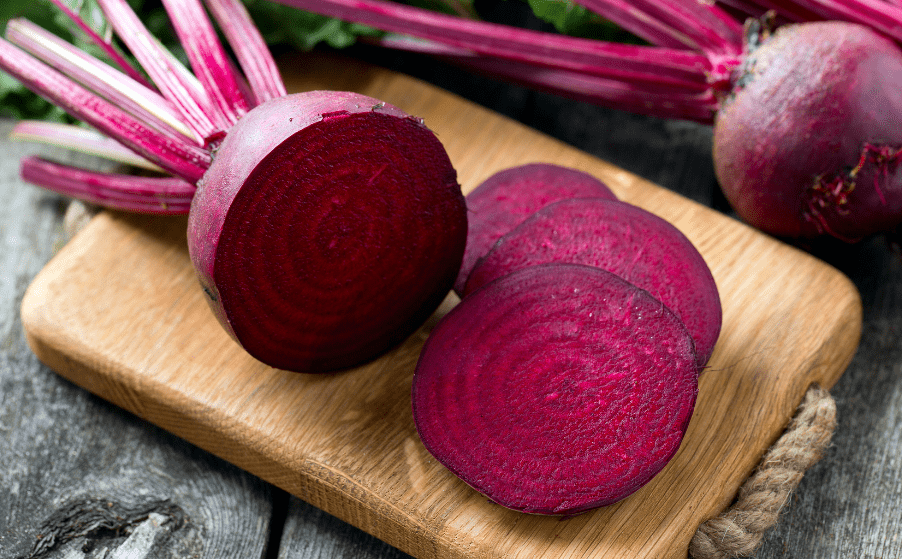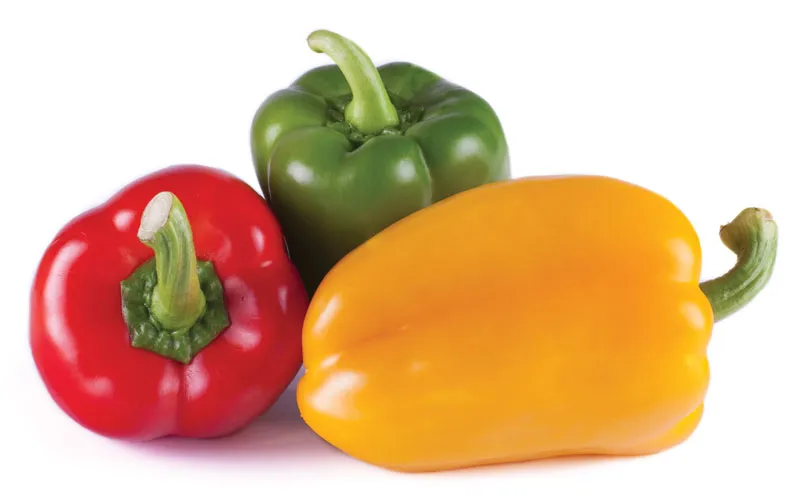
Description
Numerous differences exist across kinds in terms of the young pods’ size, colour, shape, fibrousness, and tenderness. Generally speaking, cultivars created for dry mature seeds produce pods that are too fibrous to eat at any stage of development. The colors of seeds range from white to yellow, green, tan, red, pink, brown, and purple to black, with countless clashing patterns. Seeds come in a variety of shapes, from almost spherical to elongated, flattened, and kidney-shaped. The morphologies of pods might be flat, rounded, smooth, irregular, straight, or strongly bent. Pods come in a variety of red, green, yellow, and purple tones with red or purple accents.
Varieties
The following variations exist:
Black beans are a common ingredient in many Brazilian and Mexican cuisines, such as black-eyed peas.
Cannellini Beans
Garbanzo (chickpea) beans
Beans, Great Northern
Kidney beans
Lima beans
Pinto beans

Uses
Beans, whether fresh or dried, are used in cuisine all over the world. They are abundant in protein and contain only trace amounts of iron, thiamin, and riboflavin.
Nutrition
In a 100 g reference serving Raw green beans include 31 calories, 15 percent of vitamin C, 10-19 percent of the of vitamin B6, and 10-11 percent of the of vitamin B6. There are no additional micronutrients in significant amounts.
Cultivation
Bean plants prefer soil pH levels between 6 and 7. While clay or silt loams are more suited to growing beans than sandier soils, adequate drainage is still essential. When planting, enrich the soil’s organic content by adding compost or well-rotted manure.
Table





